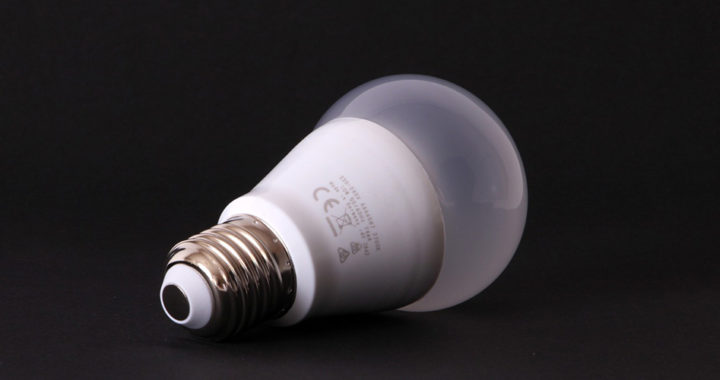Light fixtures based on light-emitting diodes or simply, LED lamps or LED light bulbs have notable advantages over incandescent lamps and fluorescent lamps. Hence, coupled with improvements in manufacturing processes that allow higher production outputs at lower costs, they are becoming more available to the market and accessible to the public.
Advantages of LED Lamps
1. Energy efficiency
One of the primary advantages of LED lamps is that they produce more lumens per watt than incandescent lamps and fluorescent tubes or bulbs. This means that they can produce the same amount light at a lower energy input. To be specific, they consume 70 to 90 percent less energy than incandescent and fluorescent lamps. For example, to produce 600 lumens, a typical incandescent lamp requires 60 watts and a fluorescent lamp or CFL requires 15 watts. However, a LED light bulb only requires 9 watts to produce 900 lumens. This advantage translates to cost-saving benefits in electricity bills.
2. Longer lifespan
Conventional LED lamps for home and standard commercial use have an average operation life of 30000 to 50000 hours. This means that a single LED light bulb can actually last for 10 to 15 years depending on the duration of daily use. An incandescent bulb usually lasts 750 to 1000 hours while the lifespan of CFL ranges from 6000 to 15000 hours. To put in perspective, a single LED bulb has an operating life equal to 30 pieces of an incandescent lamp or two to three pieces of CFL. This advantage of LED lamps means consumers can save time and costs involved in replacement and maintenance.
3. No Overheating
Another advantage of LED lamps is that they do not propagate too much heat because of their low power consumption. This means that they do not increase the ambient temperature and they remain cool to the touch. Incandescent lamps generate waste energy in the form of excessive heat. On the other hand, fluorescent lamps give off about one-fifth the heat of equivalent incandescent lamps. It is interesting to note that incandescent lamps are also used to keep the food warm.
4. More eco-friendly
Because LED lamps consume less electricity than their counterparts, using them reduces the overall carbon footprint of a household, building, and an entire community. Furthermore, because they have longer operational life, solid wastes generated from manufacturing and discarding light fixtures are substantially reduced. The components within these lamps can also be reprocessed and recycled. They are also free from harmful chemicals that are typically found in CFLs.
Disadvantages of LED Lamps
1. Limited dimming
Most LED lamps would not work with existing dimmer switches designed for incandescent lamps. However, it is important to note that there are models of indoor LED light bulbs with additional technical tweaks that give them dimming features. Of course, installing these dimmable LED bulbs is more complicated and expensive than installing a system of dimmable incandescent lamps.
2. Heat damage
Operational LEDs still generate heat. In fact, they need good heat management that uses a heat sink to perform well and maximize their rated lifespans. Note that one of the disadvantages of LED lamps involves a drop in efficiency and lifespan due to exposure to high temperatures. This is due to their solid-stated electric components that are heat-sensitive by default. Damaged electric components can also result to further overheating and might ignite a fire. Installing and using LED lamps should also come with an evaluation for compatibility, especially for totally and partially closed fixtures.
3. Bluish White
Several studies have noted the negative health effects of blue light. A daylight LED lamp actually produces bluish-white while incandescent and tungsten lamps produce white light with a color temperature that leans toward yellow. Note that some of the negative effects of continuous exposure to blue light and bluish light include disruption in circadian rhythm and eyestrains that can result in headaches and stress.
Conclusion: Why Use LED Lamps?
Less energy use and longer lifespan, coupled with better environmental benefits are the notable advantages of LED lamps over incandescent lamps and fluorescent lamps. Take note that these advantages translate to different cost-saving benefits involving electricity bills, replacement and maintenance, and cooling and ventilation.
Of course, maximizing the benefits from LED lamps requires ensuring that the actual light fixture products come from a reputable manufacturer. Improvements in relevant manufacturing processes and practices have increased the number of manufacturers of these lamps. Some of these manufacturers might be producing lesser-quality products using low-quality materials and incomprehensive quality testing to drive down manufacturing cost and increase production volume.
Lesser-quality lamps will have a shorter lifespan and may not have the same energy efficiency benefits. Furthermore, the use of substandard materials and lack of quality testing might render these products dangerous to use.

